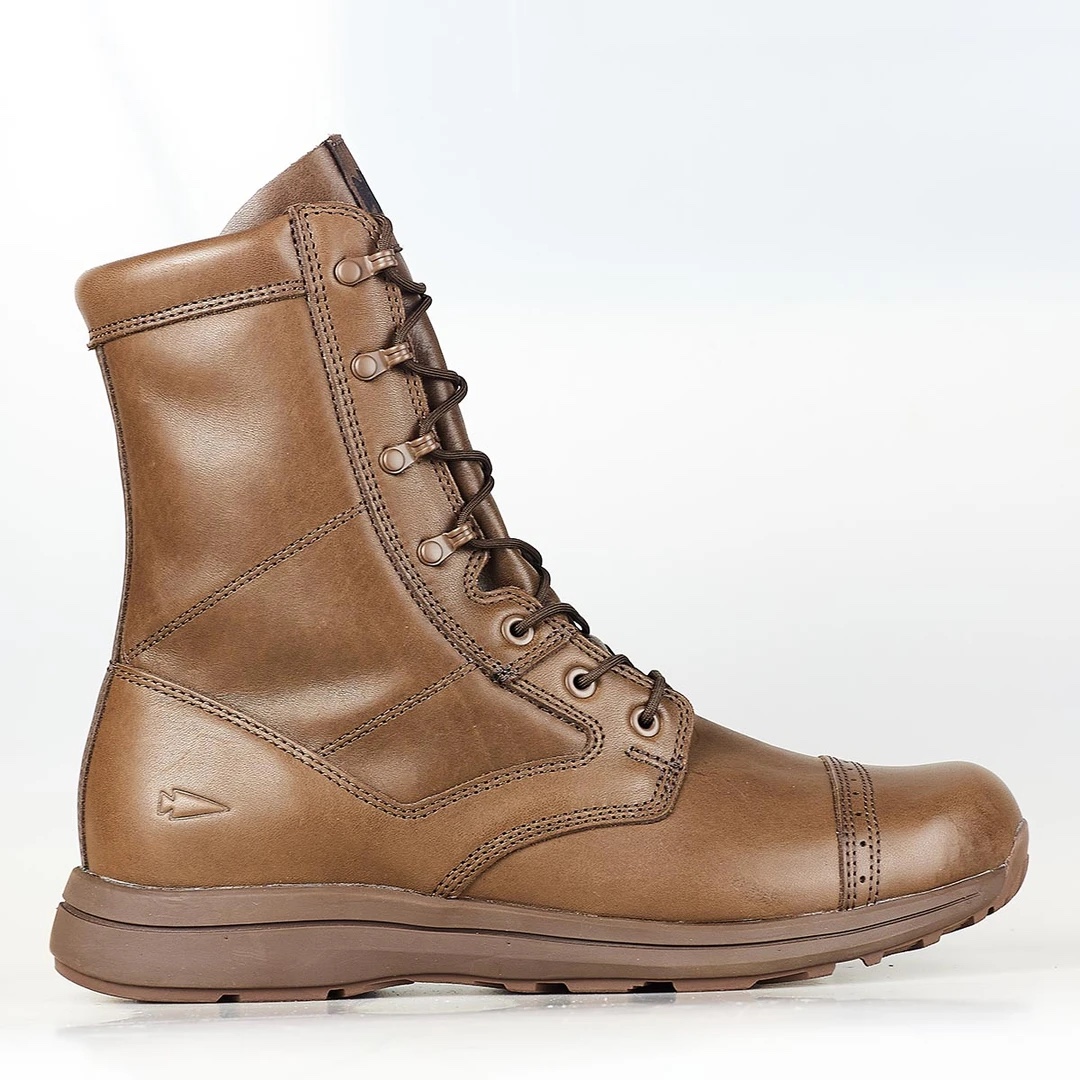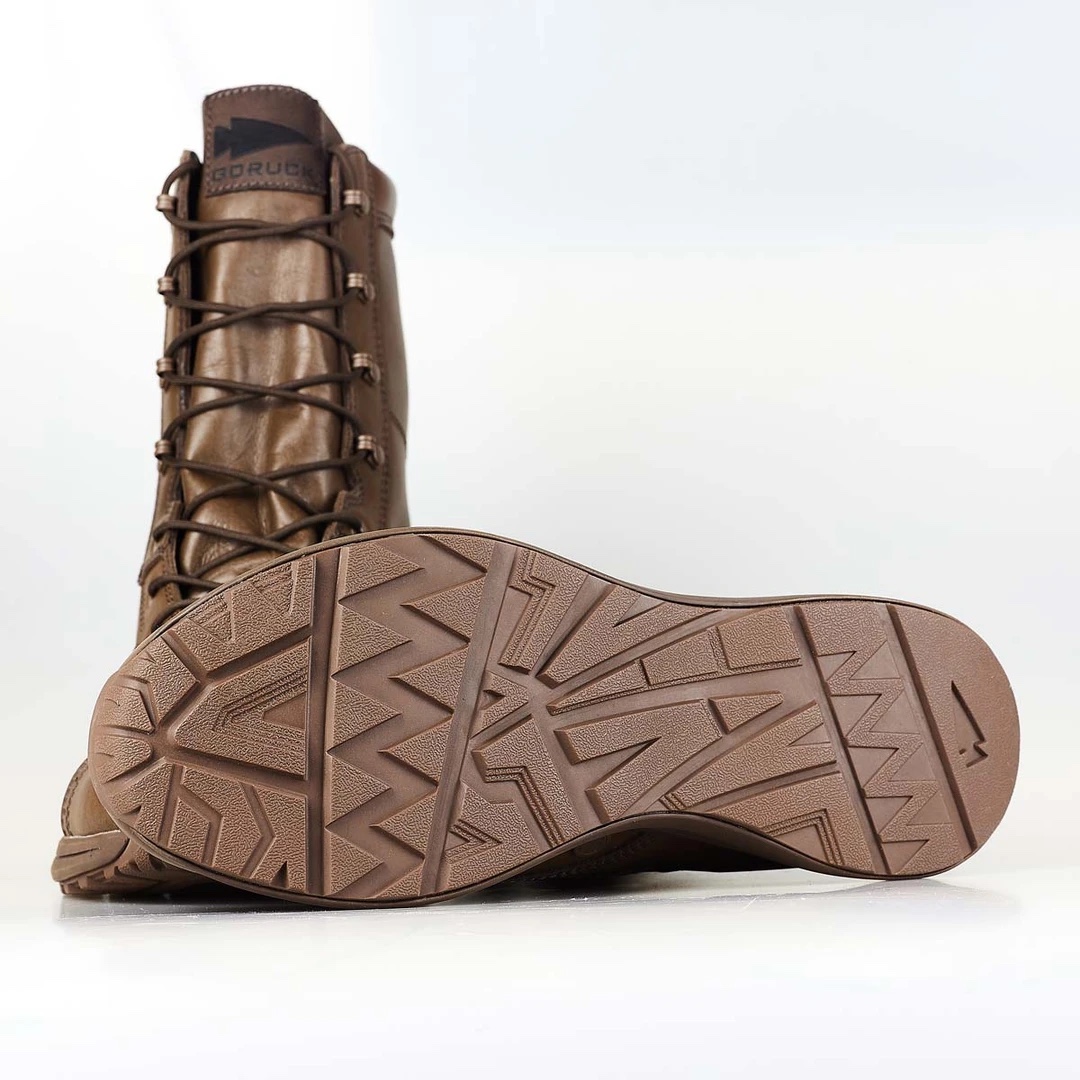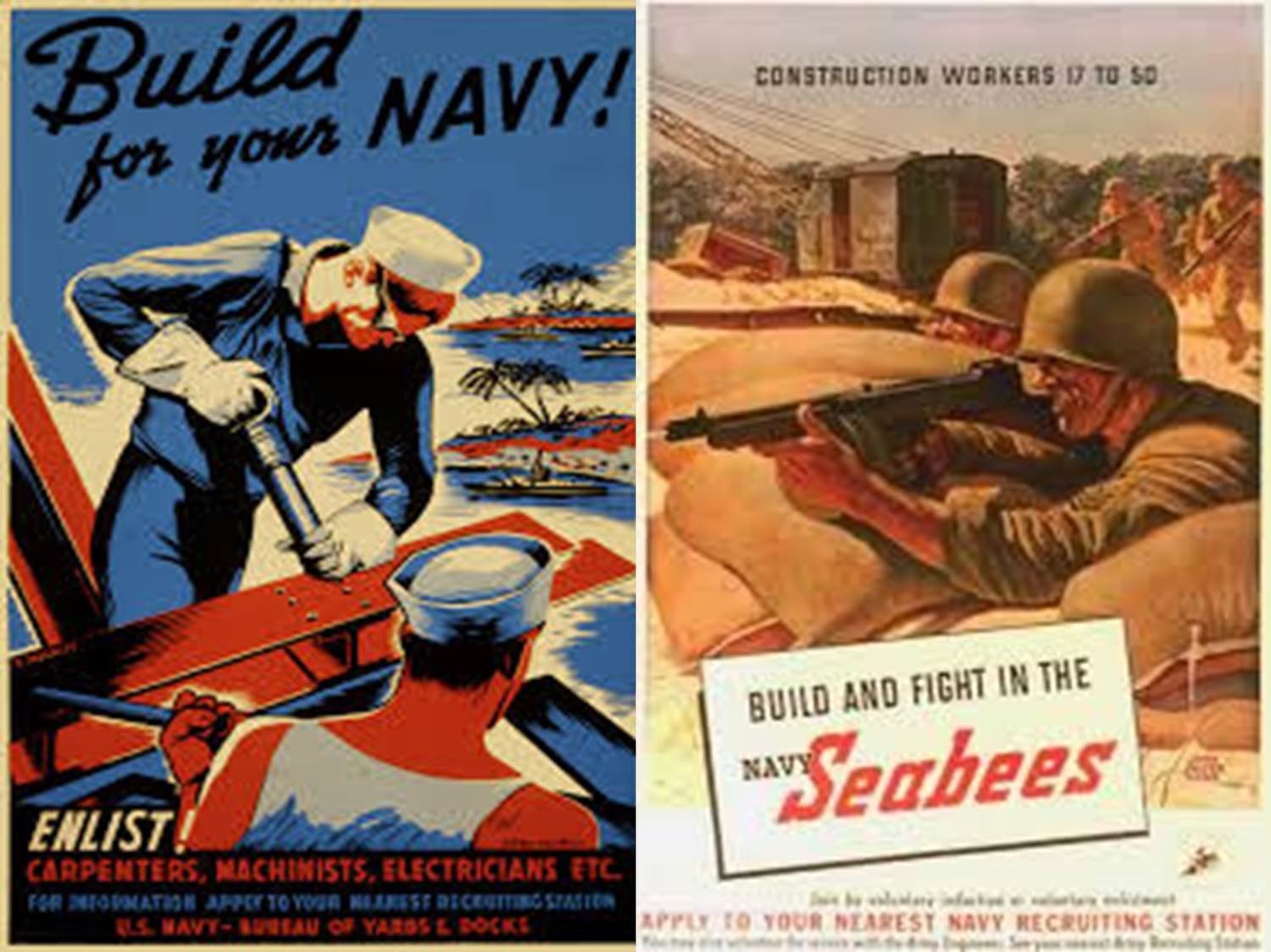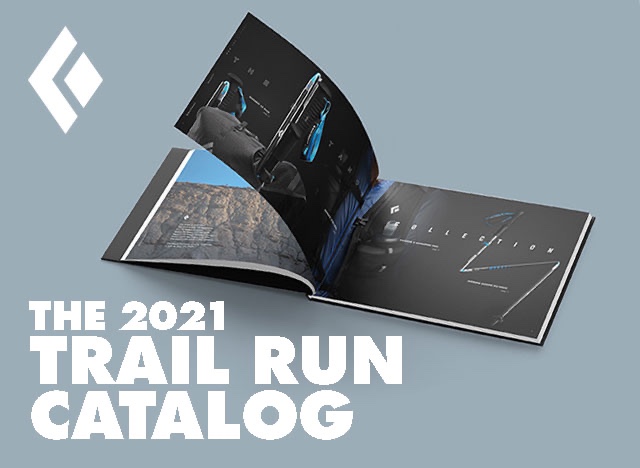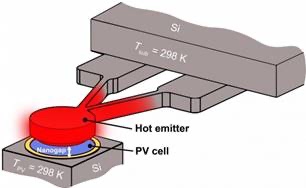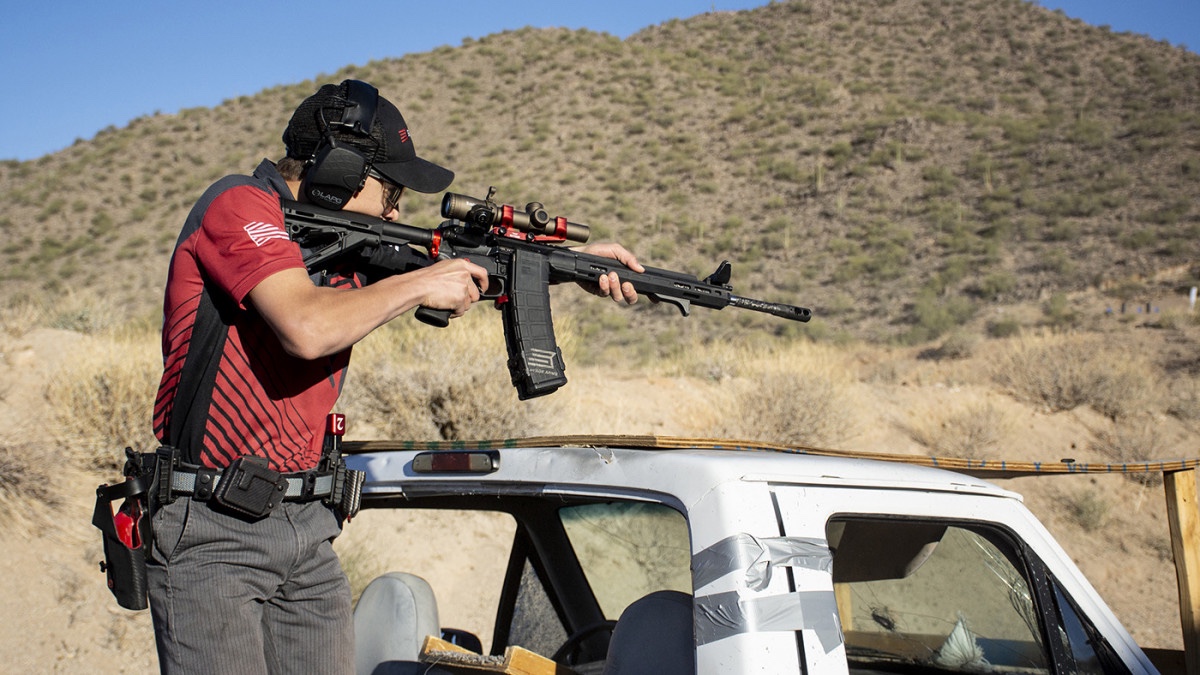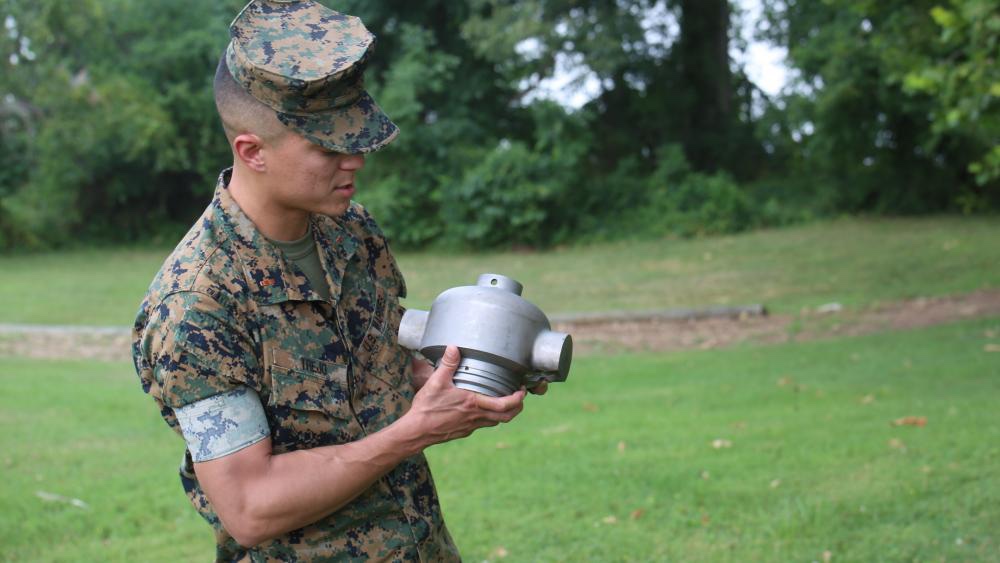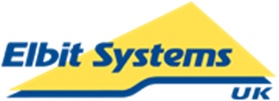
London, 31 August 2021 – Elbit Systems UK will be returning to Defence and Security Equipment International (DSEI) this year on stand H6-230, showcasing much of their advanced technology now in service with the British Armed Forces.
Since DSEI in 2019, Elbit Systems UK has enjoyed considerable success with a range of contract awards from the UK MOD. These include the Royal Navy’s “Selborne” future naval training programme, the Dismounted Joint Fires Integrators “D-JFI” programme, the Joint Fires Synthetic Training “JFST” and Night Vision Goggles for the British Army.
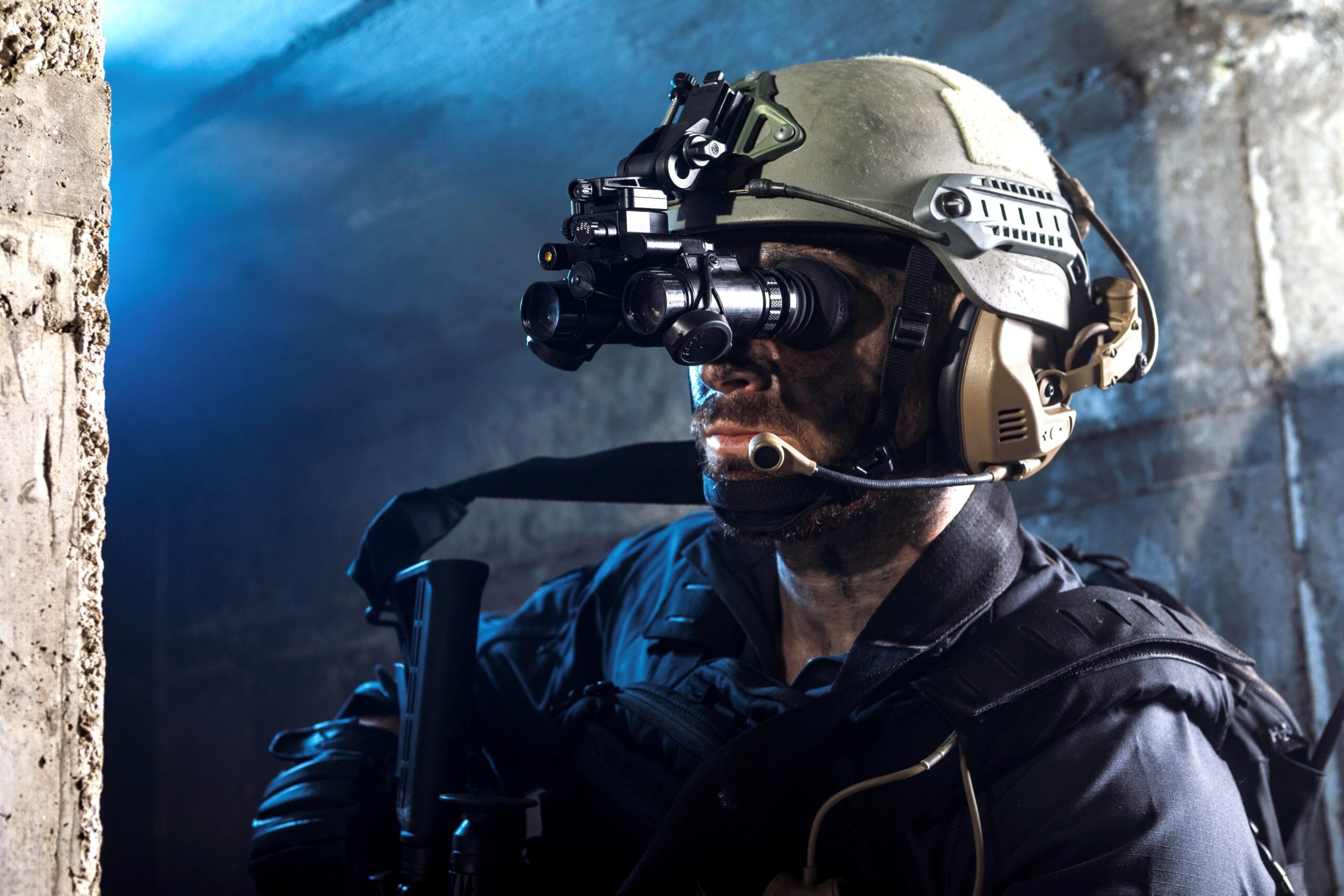
Despite the challenges posed by the COVID pandemic, the company participated in trials and demonstrations taking place with the UK Government and its agencies. These ranged from successful Search and Rescue trials with its Hermes 900 UAS for the Maritime and Coastguard Agency to demonstrating its C4I systems in the British Army’s Warfighting Experiment on Salisbury Plain. Elbit Systems UK also recently participated in NATO’s Coalition Warrior Interoperability Exercise with its TORCH-X based Battle Management Application system, to support UK Higher Headquarters preparedness activities for Five Eyes and NATO operations.
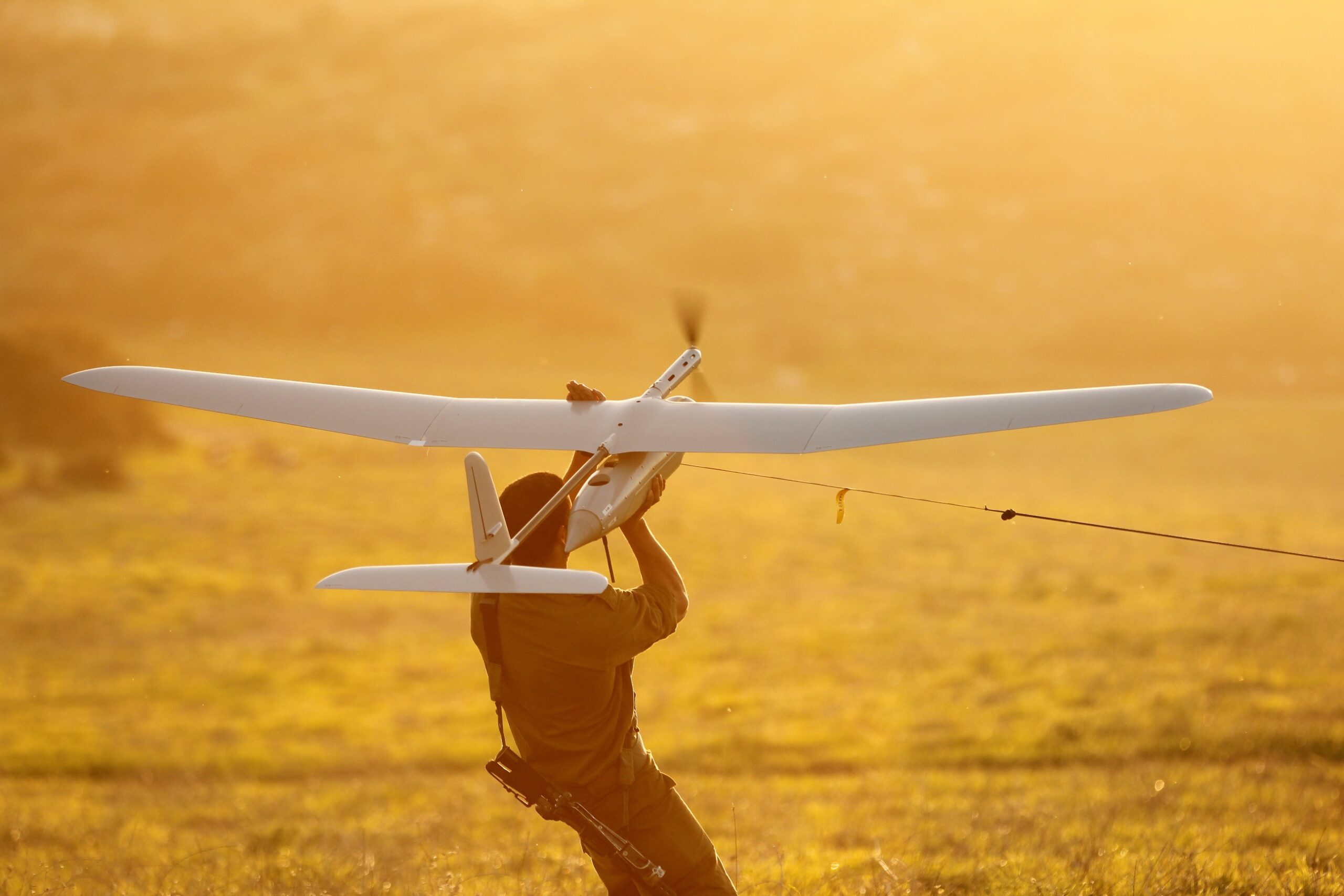
Showcasing some of these technologies, Elbit Systems UK’s stand will have a full C4I suite on display, including the equipment demonstrated at AWE2020 and the systems being integrated into the British Army’s MORPHEUS programme.
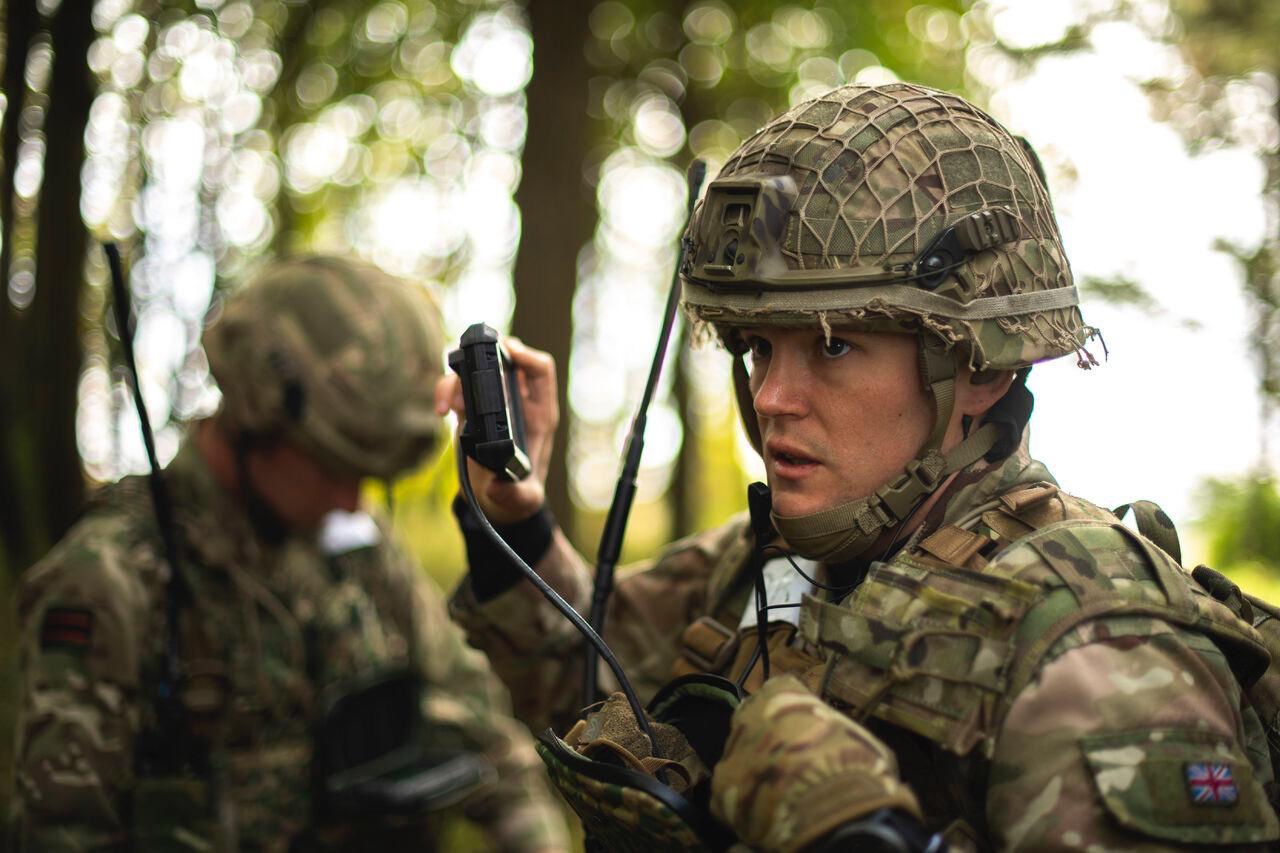
Martin Fausset, CEO of Elbit Systems UK said: “We are delighted to return to DSEI this year. Since we last exhibited in 2019 we have enjoyed considerable successes with the British Armed Forces, and we are looking forward to reconnecting with stakeholders and industry in person, as we explore the exciting opportunities ahead.”
The full list of what will be on display at DSEI is below:
ISTAR solutions:
Skylark 3 is an ISTAR tactical mini-UAV based on the Skylark I-Lex. It can take on several ISTAR roles with its high resolution gimbaled and stabilised EO/IR payload.
Skylark I-LEX is used in over 30 countries, including various NATO nations, offering discrete ISR UAV capabilities up to the battalion level.
THOR (VTOL) is a Small uncrewed quadcopter with a high-definition data link and control software.
MAGNI (MINI- VTOL) is a micro autonomous uncrewed quadcopter for intelligence gathering.
MTGR (robot) is a micro tracked ground robot suited for explosive ordinance disposal and intelligence gathering.
Self-Protection systems:
Mini Music protection system mounted on turboprop planes and helicopters, which uses powerful infrared lasers to defeat the sensors of incoming missiles.
Redrone is a complete counter-UAV suite which provides and end-to-end solution from detecting (with radar and IR cameras), jamming, and overriding small UAVs.
Iron Fist is an active protection system mounted on vehicles designed to shoot and detonate projectiles mid-flight before impacting the vehicle and causing damage.
Airborne solutions:
SkyTouch is an aerial C4I Solution that provides end-to-end multifunctional planning and C2, gathering and analysing large amounts of data from a number of sources to create an aerial Common Operational Picture.
Brightnite is a night vision system mounted on the nose of helicopters which allows a multispectral night vision using a number of different cameras which offer 200 degrees of multispectral night vision transmitted directly to the pilot’s personal goggles.
Naval solutions:
Naval EW is a modular maritime EW suite that uses command and control, surveillance and radar and EW countermeasures, attack and effectors to tailor a solution to a force’s need.
Seagull is an unmanned surface vessel (USV) system designed to counter enemy mines at sea. It detects, classifies, locates, identifies, and neutralizes mines.
Soldier systems:
E-lynx HH multi-band, multi-waveform single-fit tactical handheld software defined radio.
E-Lynx VA dual-channel, multi-band, multi-waveform vehicular software defined radio based on manpack transceiver.
E-Lynx AR is a multi-channel software defined radio designed for airborne platforms and mission airborne radio computer applications.
E-Lynx MP Soldier Radio multi-band, multi-waveform single-fit tactical manpack software defined radio.
Dominator “soldier” is a wearable soldier load carrying protection vest system divided into three levels. Light uses a PNR-1000 radio. Basic adds a RAPTOR computer for situational awareness. Advanced further adds command and control capabilities.
XACT TH is an uncooled thermal sight that is mounted on top of a rifle.
XACT SE is a heads-up colour display for day/night operations mixed with augmented reality. The system is mounted on the war fighter’s helmet.
NIGHT VISION goggles for an individual soldier.
Rattler H is a handheld coded laser designator/marker with built-in LRF provides positive and accurate targeting for incoming munitions for close air support missions.
SUPERVISIR an easy-to-use infrared wide area persistent surveillance system, enabling 24/7 ISTAR activities. It can be mounted on a tripod and accessed remotely.
HATTORIX + AION UC: HattoriX is a dismounted ISTAR next-generation fire support and intelligence solution designed to shorten the sensor to shooter cycle in high effectiveness and accuracy. AION UC is a lightweight, high-performance uncooled thermal handheld observation system that can also be paired with the HattoriX system.
RATTLER GX/XR is a dismounted coded designator/marker with built-in LRF and DMC designed to work with air-launched and ground precision-guided munitions.
Electronic Warfare:
ELINT – LAND EW is based on an electronic signals intelligence gathering suite that scans and identifies enemy electromagnetic frequencies.
COMINT – LAND EW is based on electronic warfare systems that monitor communications.

